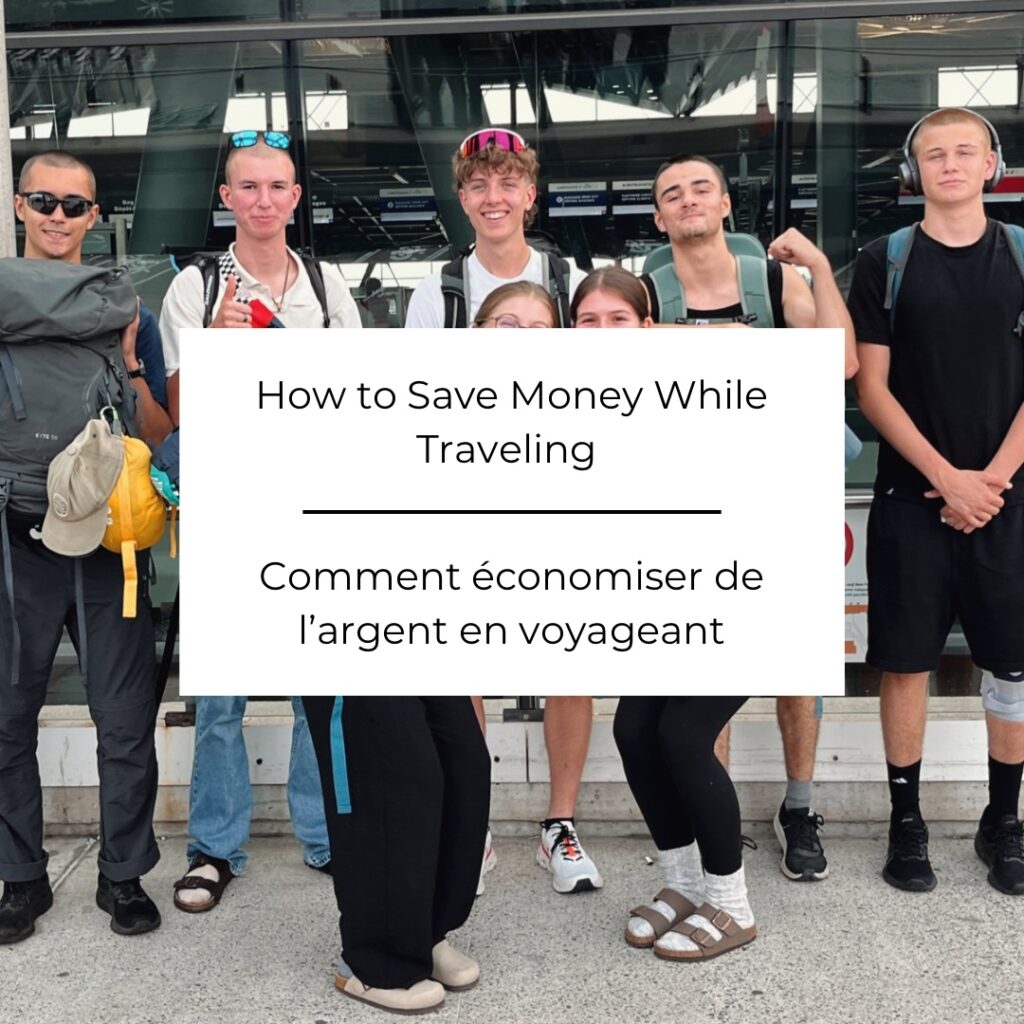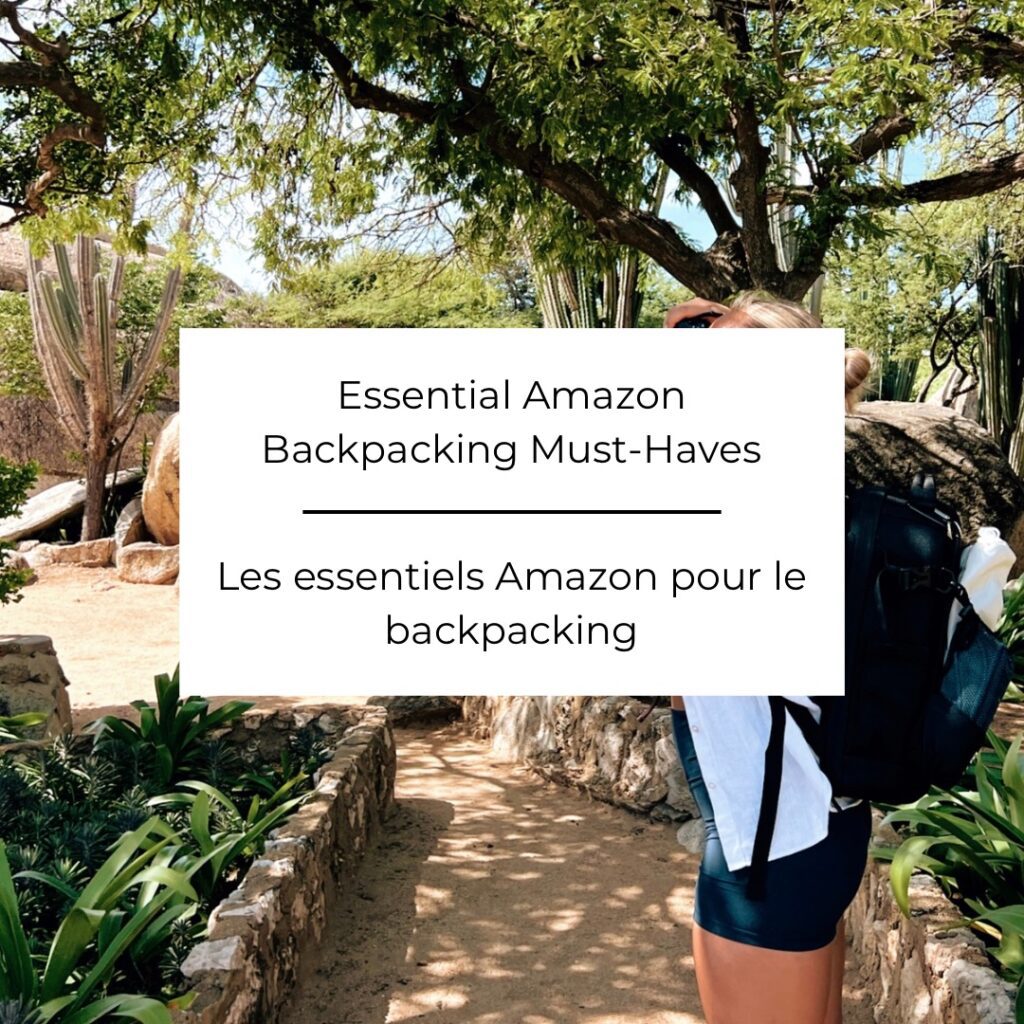Choosing your backpack is an essential step in your travel journey. Your backpack can either be your best friend or your worst enemy. To ensure it becomes your best friend, it needs to be practical, comfortable, high-quality, and suited to your needs and preferences. In this article, I will highlight 11 crucial factors you should consider before purchasing your backpack. The perfect backpack does exist, but it will vary for everyone.
- The Best Backpacking Backpack Brand
- Good Hip Support – Hip Belts
- Choosing the Right Backpack Size: 40L, 55L, 65L…
- Rain Cover
- Air Cover
- Access Points – Different Openings
- Air Space – Ventilation
- External Attachments
- Hydration Compatibility
- Try Before you Buy
- Ethical Considerations
1
The Best Backpacking Backpack Brand
The only brand I can confidently recommend to anyone is Osprey. While it might seem expensive, choosing the right backpack can mean that you’ll only need to buy one in your lifetime. You could opt for a cheaper alternative, but you might find yourself repairing it after every trip or replacing it entirely. Osprey’s “All Mighty Guarantee” makes your investment even more worthwhile. They are committed to repairing any damage or defect, free of charge, for any reason.
2
Good Hip Support – Hip Belts
You should expect to carry 80% to 90% of your backpack’s weight on your hips. On my first backpacking trip, the hip belt broke during transport, and carrying all the weight on my shoulders was terrible (for reference, this wasn’t an Osprey backpack). You need a solid, well-padded hip belt to enhance comfort. Most Osprey backpacks include pockets on their hip belts, providing easy access to snacks, small important items, and other necessities.
3
Choosing the Right Backpack Size: 40L, 55L, 65L…
The size of your backpack is crucial and should align with the type of travel you plan to do. Below are some scenarios that can guide your decision:
- 35 to 50 liters: Ideal for short trips like weekend getaways or minimalist travel. If you’re staying in urban areas where you can easily access laundry facilities, or if you prefer to pack light with just the essentials, this size range is suitable. However, it might not be sufficient for trips that require a variety of gear or for colder climates where bulkier clothing is necessary.
- 55 liters: This is a versatile size that works well for travelers who enjoy a balance between packing enough for various activities and maintaining a manageable load. If you’re heading to warm climates where clothes are lighter and smaller, or if you’re a shorter person, 55L could be perfect. It’s also a good size for those who travel frequently and prefer to avoid checking in their luggage, as it can often be taken on board as a carry-on.
- 65 liters: Best for longer trips, multi-climate travel, or when carrying additional gear like camping equipment. If you’re planning an extended backpacking trip, traveling to colder regions requiring bulkier clothing, or if you’re taller and can comfortably carry more weight on your hips and shoulders, a 65L backpack will serve you well. This size is also recommended for travelers who anticipate needing extra space for souvenirs or other items picked up during their journey.
- 75 liters and above: Typically, these are reserved for specialized trips, such as long-term travel, expeditions, or when carrying a large amount of gear. If you’re going on a trekking adventure, participating in activities like mountaineering, or traveling with family where you might be carrying additional items, this size might be necessary. However, be mindful of the weight, as larger backpacks can quickly become heavy and unwieldy.
4
Rain Cover
Most Osprey packs come with an integrated rain cover, and if not, you can purchase one separately. If you expect to be moving around in the rain frequently, this is something you should consider. Personally, I’ve never used a rain cover on my large backpack and don’t consider it the most crucial factor in your decision.
5
Air Cover
This feature is one of the main reasons I chose the Farpoint Trek model. An AirCover is a rare feature that I fell in love with, and here’s why. I prefer to check my backpack as luggage. If you’re unsure whether to check your backpack or carry it on, definitely read my article: Checked vs. Carry-On Backpack: Which is Best for Your Travel Needs? When you check your backpack, you’re not in control of how it’s handled. The AirCover protects it from scratches and damage. I can’t stress enough how much I love this feature, though it may not be important for everyone.
Stay connected! Follow us on social media for exclusive content & updates on our travels.



On our website, you’ll find all the essential information and tips, while on our social media, you’ll get even more – including personal experiences, funny moments, stunning videos, and much more!
6
Access Points – Different Openings
Having multiple access points to your belongings is convenient and helps with organization. You can pack in a way that provides easy access to different items. A common example is using the bottom compartment for your shoes and the top section for your clothes packing cube.
There are also different types of openings. I categorize them as the classic way or the suitcase way. Most backpacks open in the classic way, some open both ways, and a few (less common) only open like a suitcase. I like both styles, but I have a slight preference for the suitcase way.
7
Air Space – Ventilation
Ventilation is crucial, especially if you’re traveling in hot weather. Look for a system that keeps most of the back panel away from your skin. While it doesn’t affect the backpack’s performance, it significantly enhances comfort. Most, if not all, Osprey backpacks feature ventilation systems, whether through lightweight mesh, perforated foam, or special framing.
8
External Attachments
External attachments like loops and bungees increase your backpack’s capacity by allowing you to attach gear to the outside. These can also enable you to expose items to the sun and air for drying, or even to use solar-powered devices.
9
Hydration Compatibility
Water bottle pockets are useful, but also consider whether the backpack has water reservoir (bladder) access. If you plan on hiking long distances with your main backpack, make sure it has this feature. I personally only use my water reservoir on day trips with my day backpack.
10
Try Before you Buy
If it’s possible, you should really try on different backpacks with weight in them before making a purchase. Everyone’s body is different, and what works for one person may not work for another. This is especially true when it comes to hip belts and shoulder straps, which need to fit your body comfortably to distribute weight properly.
11
Ethical Considerations
Consider the brand’s environmental impact and labor practices. Brands like Osprey not only offer durable and functional backpacks but also have strong commitments to sustainability and ethical manufacturing. Supporting companies that prioritize these values can make your purchase feel even more worthwhile.
What’s Next?
Now that you know how to choose your perfect backpack, it’s time to plan your trip! Here are some articles that could be helpful :



Don’t want to miss out on our latest articles? Be sure to subscribe to our website, and you’ll receive a notification every time we publish something new!
